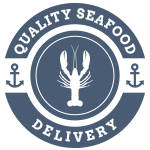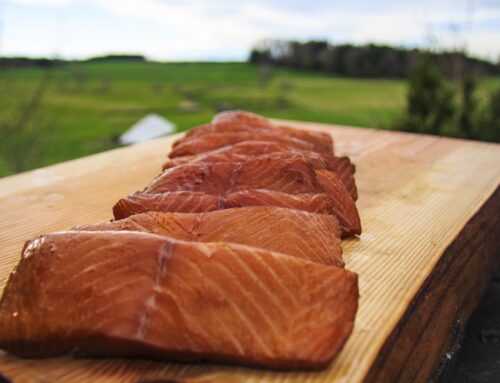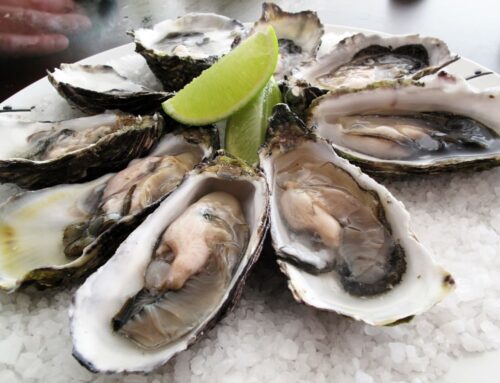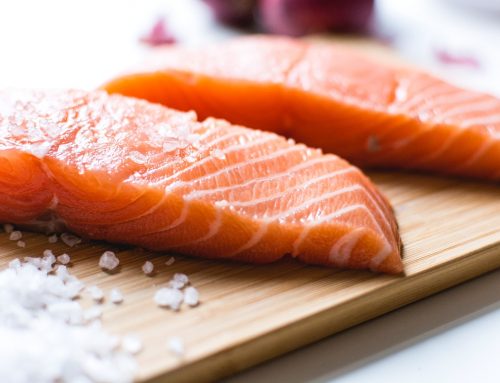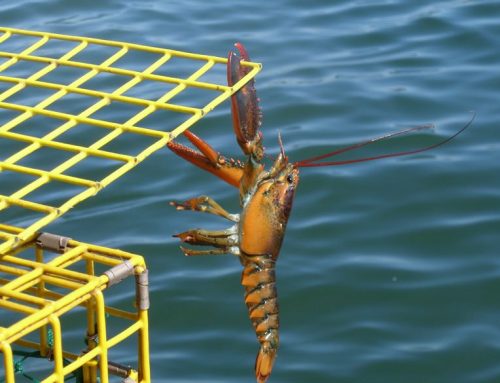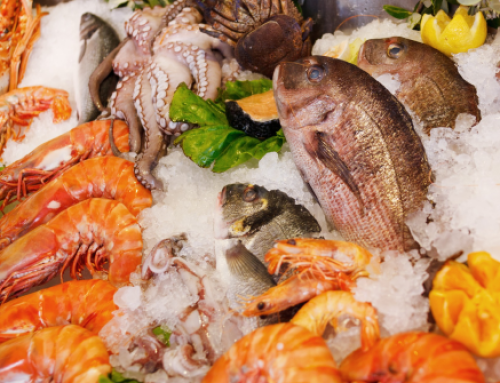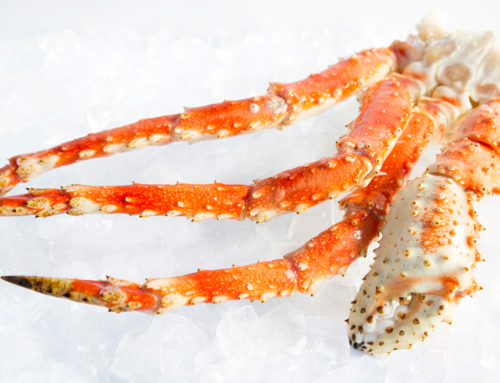When it comes to purchasing seafood, the phrase “less is more” is often applicable. The last thing any host wants to experience at the end of the night is the reality that they prepared too much seafood and now it is going to waste – along with their money.
If planned carefully, there is no need to be fearful of spending the whole halibut price for your next dinner party. When it comes to selecting the fish, the cost and sustainability benefits speak for themselves.
Does Buying A Whole Halibut Save Money?
It might seem unthinkable and even downright exhausting to buy a whole halibut when you consider their potential size. An Alaskan halibut can grow to be 8-feet long and 5 feet wide. However, there are price-effective reasons to consider buying the whole fish rather than the commonly sold fillets or cheeks.
When it comes to buying halibut, it is important to remember that the serving size is about 3/4 to 1 pound per person. What’s more, halibut seems to last forever. As long as the bottom-dwelling fish is properly prepared for deep freezing, the fish is capable of lasting for up to eight months in the freezer.
The whole halibut price may vary depending on the vendor, but certain places carefully prepare it and offer deals that make buying the whole fish the more popular and appealing decision. Pure Food Fish Market is one of those vendors. The market is located in Seattle’s Pike Place Market and sells fresh halibut with an overnight delivery option, and it offers vacuum sealing.
The market’s Fresh Alaskan Halibut Fillet starts at $25.50 per pound with a 2-pound minimum requirement. Similarly, their Fresh Alaskan Halibut Cheeks start at $29.50 per pound. However, if you choose to instead buy the whole fish, the price is $16.99 per pound, and they offer 20, 25, 30-35, and 40-pound options.
When you consider the difference, you can purchase a whole 20-pound halibut for $339.80 instead of 20 pounds of Fresh Alaskan Halibut Fillet for $510, ultimately saving about $170.
Sustainability and A Lost Skill
When it comes to preparing fish, the willingness to buy them whole has declined over the last century. Those who prepared fish at home after they bought or caught them once knew how to prepare all seafood – with all of their parts.
However, the 1920s brought with it the rise of pre-processed fillets. From that point, the average American found the prime cuts preferable. Gone were the longer and more messy preparations, and those undesirable parts of the fish became used for other purposes, including fertilizer.
While buying halibut whole may seem like an overwhelming endeavor, it is actually thought by some to be an ideal way to regain lost culinary skills, diversify the way we eat fish, and a way that we can prevent any further deterioration of our ocean stocks. Moreover, what might be a time-consuming preparation can extend to 20-25 halibut meals for later.
Take note of our Affiliate Relationships that may exist with this page and companies listed on it.
